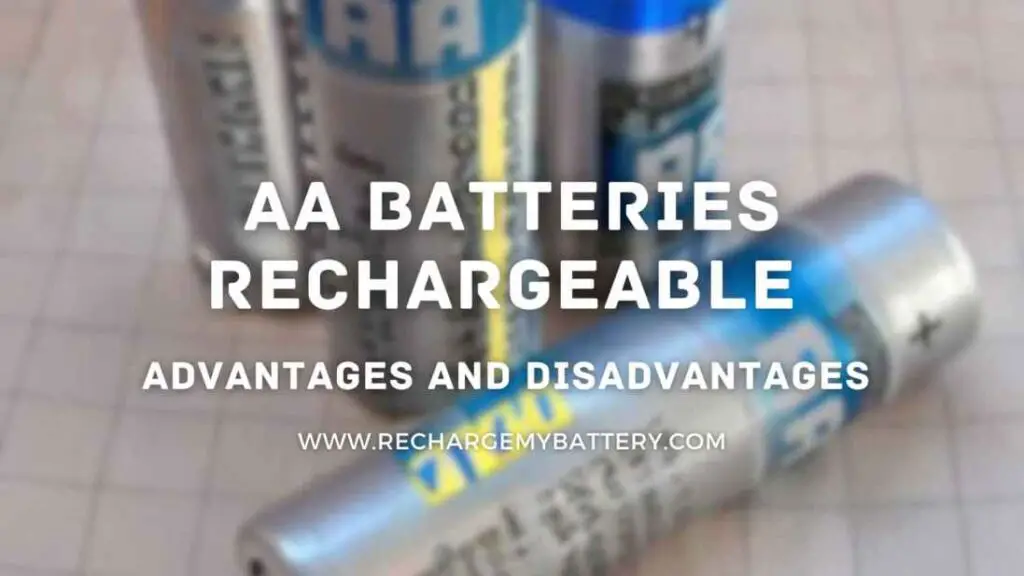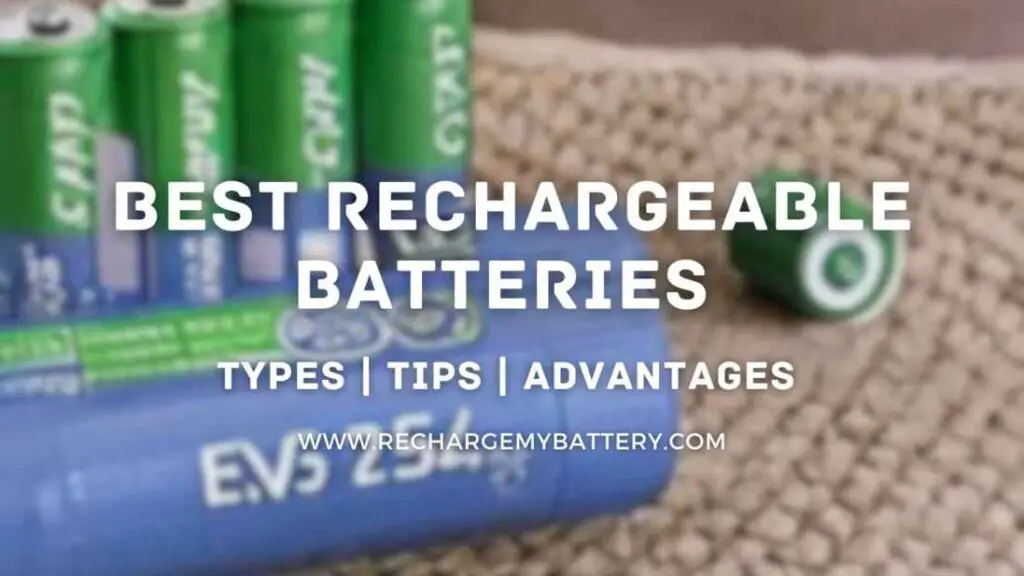Many people wonder whether rechargeable batteries can die if not used regularly. In this article, we will delve into the fascinating world of rechargeable batteries and explore the factors that affect their lifespan.
Introduction
Rechargeable batteries, also known as secondary batteries, are designed to be recharged and reused multiple times. Unlike disposable batteries, which are discarded after a single use, rechargeable batteries offer a more environmentally friendly and cost-effective solution. These batteries are commonly available in various chemistries, including nickel-metal hydride (NiMH), lithium-ion (Li-ion), and nickel-cadmium (NiCd).
Understanding Rechargeable Batteries
To comprehend the behavior of rechargeable batteries when not in use, it is crucial to understand the concept of self-discharge. Self-discharge refers to the gradual loss of charge that occurs even when the battery is not connected to any device. All rechargeable batteries experience self-discharge to some extent, but the rate at which it occurs can vary depending on several factors.
The Self-Discharge Phenomenon
Self-discharge is a natural phenomenon that affects all types of rechargeable batteries. When a battery is left unused, it undergoes chemical reactions that result in the gradual loss of stored energy. The rate of self-discharge depends on the battery chemistry, temperature, and storage conditions.
Factors Affecting Battery Life
Temperature
Temperature plays a vital role in the lifespan of rechargeable batteries. Extreme heat or cold can accelerate self-discharge and lead to a decrease in overall battery performance. It is advisable to store batteries in a cool, dry place away from direct sunlight and excessive humidity.
Storage Conditions
Proper storage is essential for maximizing the lifespan of rechargeable batteries. Storing batteries in a fully charged state can lead to premature aging and capacity loss. On the other hand, storing them in a fully discharged state for an extended period can cause irreversible damage. It is recommended to store rechargeable batteries at around 40% to 60% of their full capacity in a cool and dry environment.
Battery Chemistry
Different battery chemistries have varying self-discharge rates. NiMH batteries typically have a higher self-discharge rate compared to Li-ion batteries. Therefore, if you have devices powered by NiMH batteries, it is advisable to recharge them before use if they have been idle for a while.
Mitigating Battery Self-Discharge
While self-discharge is an inherent characteristic of rechargeable batteries, there are measures you can take to mitigate its impact:
- Regular Use: Regularly utilizing your rechargeable batteries helps maintain their performance and slows down the self-discharge process.
- Charging Cycles: Periodically discharging and recharging your batteries can help prevent capacity loss and improve overall longevity.
- Temperature Control: Avoid exposing batteries to extreme temperatures, as it can accelerate self-discharge. Store them in a moderate environment whenever possible.
Battery Maintenance Tips
To ensure the longevity and optimal performance of rechargeable batteries, consider the following tips:
- Avoid Overcharging: Overcharging can shorten battery life and potentially lead to safety hazards. Disconnect the charger once the battery reaches full capacity.
- Handle with Care: Avoid subjecting batteries to physical shocks or impacts, as it can damage the internal components and reduce their lifespan.
- Match Battery Types: It is recommended to use batteries of the same type and capacity together in devices to ensure balanced performance.
- Follow Manufacturer Guidelines: Always refer to the manufacturer’s instructions and guidelines for charging, usage, and storage recommendations.
Recycling and Disposal of Rechargeable Batteries
When rechargeable batteries reach the end of their useful life, it is crucial to dispose of them properly. These batteries contain hazardous materials that can harm the environment if not recycled or disposed of correctly. Many local recycling facilities and electronics retailers offer battery recycling programs, ensuring responsible disposal and minimizing environmental impact.
Conclusion
In conclusion, rechargeable batteries can indeed experience self-discharge if not used regularly. Factors such as temperature, storage conditions, and battery chemistry play significant roles in determining the rate of self-discharge. By understanding these factors and following proper maintenance practices, you can extend the lifespan of rechargeable batteries and optimize their performance.
FAQs
Q1. Do rechargeable batteries die if not used?
Rechargeable batteries can experience self-discharge if left unused for extended periods. However, proper storage and maintenance practices can help mitigate the impact of self-discharge.
Q2. How long can rechargeable batteries sit unused?
The self-discharge rate of batteries varies depending on their chemistry. In general, rechargeable batteries can typically remain unused for several months before experiencing a significant loss of capacity.
Q3. Can I recharge a completely dead rechargeable battery?
It is generally not recommended to attempt recharging a completely dead rechargeable battery, as it may result in damage or reduce its overall capacity. It is best to follow the manufacturer’s guidelines for charging.
Q4. Can I store rechargeable batteries in the refrigerator?
Storing rechargeable batteries in the refrigerator is not necessary and can introduce moisture, which may be harmful. It is advisable to store them in a cool, dry place instead.
Q5. What should I do with old rechargeable batteries?
It is essential to recycle old rechargeable batteries properly. Many recycling facilities and electronics retailers offer battery recycling programs to ensure responsible disposal and minimize environmental impact.

